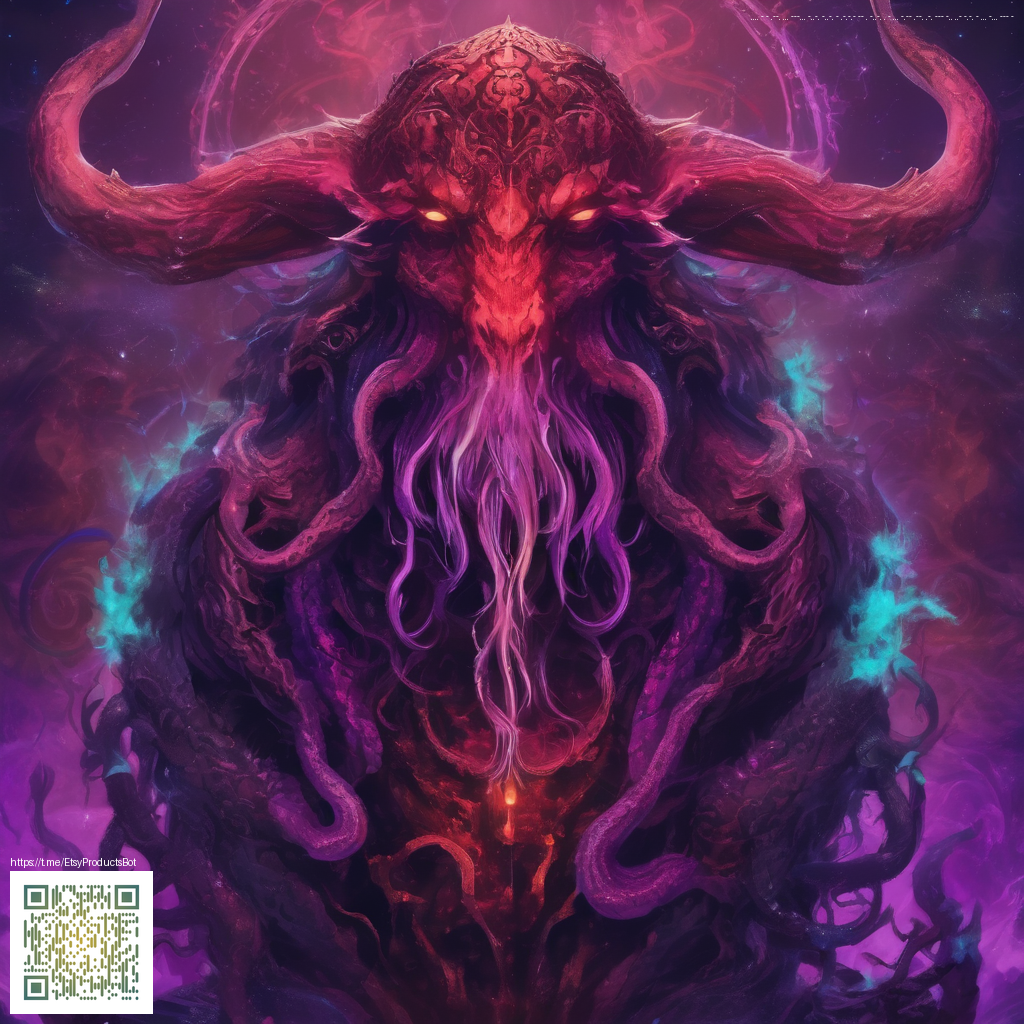
Blending Texture with Vector Graphics: Strategies for Modern Design
In contemporary design practice, digital paper offers a rich, tactile backdrop that makes flat graphics feel tactile and tangible. When you pair that textured foundation with crisp vector elements, you get compositions that scale beautifully for print, web, and social media without sacrificing depth or readability. The idea is simple: let the texture set a mood, then let vector shapes define structure and meaning.
Imagine you’re crafting marketing assets for a product like the Phone Case with Card Holder — Impact-Resistant Polycarbonate MagSafe. The texture communicates tactility and premium feel, while the vector controls guide the viewer’s eye to key features, such as the MagSafe compatibility, card-holding convenience, and rugged protection. The result is a design that reads crisply on a tiny phone screen and still shines on a large poster.
Core principles to keep in mind
- Balance texture and clarity: Treat digital paper as a soft stage rather than a loud voice. Reserve white space and ensure vector elements sit on top with clear contrast.
- Choose a cohesive color story: Let the texture inform a palette, then apply vector shapes in harmonized hues to maintain readability across devices.
- Leverage blending modes strategically: Subtle overlays (Multiply, Overlay, or Soft Light) can merge texture with vector shapes without muddying edges.
- Use masks to preserve edge sharpness: Clip vector layers to textured silhouettes to create clean, intentional boundaries that still feel integrated.
To translate these ideas into your workflow, start by selecting a digital paper that matches the mood of your project—bold geometric patterns for tech launches, or organic textures for lifestyle campaigns. Then, build your vector silhouettes around that texture, letting your shapes carve out hierarchy. For assets destined for multiple platforms, design at a high resolution and use scalable vectors for logos, badges, and icons, while the texture remains a raster companion in the background.
“Textures should support the message, not compete with it. When vector shapes carry the information and texture adds personality, your design becomes both legible and memorable.”
One practical workflow is to begin with a base layer of digital paper, then introduce a grid of vector elements to anchor typography and product imagery. Apply a subtle color treatment to tie everything together, and use masks to ensure the texture doesn’t overpower critical details like product names or call-to-action buttons. This approach not only looks professional but also adapts well to variations in aspect ratios and media.
Workflow in practice
Step-by-step guidance you can start using today:
- Prepare a texture layer with a gentle, low-contrast pattern that complements typography.
- Draft vector shapes for key features, ensuring ample contrast against the texture.
- Experiment with blend modes to blend texture with vectors without losing legibility.
- Use clipping masks to maintain clean edges on complex shapes.
- Test across devices and print scales to ensure the texture remains subtle and purposeful.
For designers exploring this approach, the resource page can provide additional context and examples to spark creativity. It’s a useful companion to hands-on experimentation, and it helps you see how professional layouts balance texture with vector clarity. See the resource page here: https://area-53.zero-static.xyz/40d1ae3c.html.
As you refine your process, remember that the goal is cohesion. The texture should feel intentional, and the vector graphics should communicate the message with precision. The combination benefits both branding and usability, especially for products where tactile perception matters, such as phone accessories, packaging, or UI mockups.